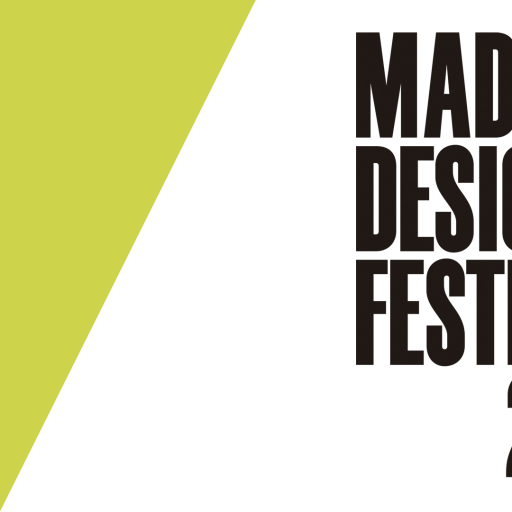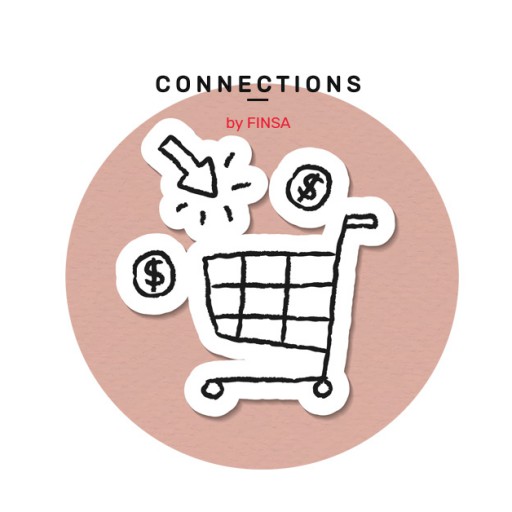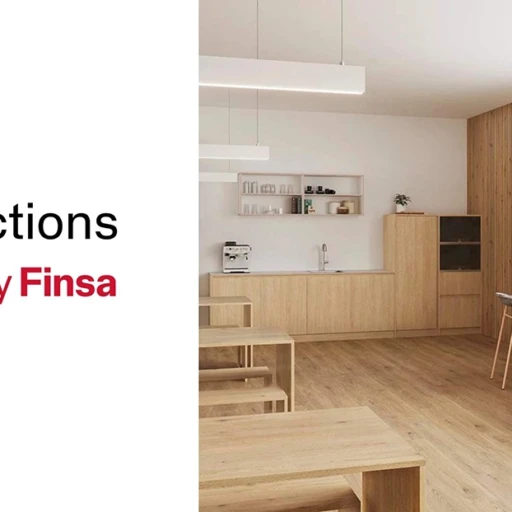Talking about Álvaro Matías and Madrid Design Festival goes hand in hand, as he has been its director since the first edition in 2018. He is a cultural manager, consultant specialized in the use of Humanities as a tool for change in business, and above all, an insatiable curious mind. We interviewed Álvaro Matías to understand the evolution of MDF and the Spanish design landscape (which, in reality, are somewhat synonymous).
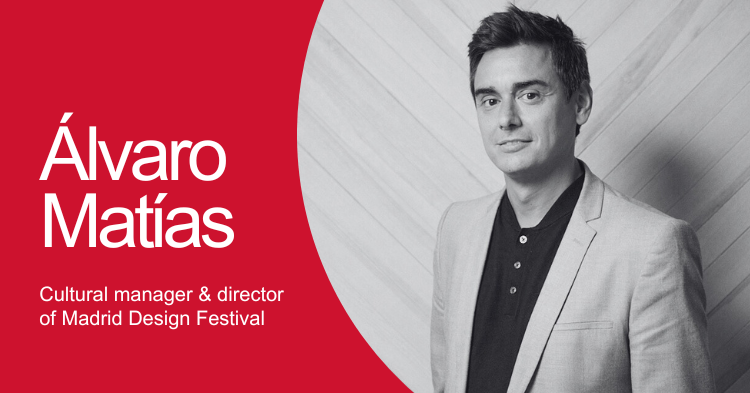
How do you assess the evolution of Madrid Design Festival over these seven years?
Tremendously positive. We started with a lot of enthusiasm and the desire to create a space that was not covered in the city, from an integrating perspective of design: architecture, graphic design, interior design… studying the interrelation of all disciplines. The festival is now much more connected, presents multiple approaches, equally claims the transformative character of design and its aesthetic experience, and values the excellent work of its authors and producers.
What would you highlight about MDF24?
This year we fostered a space where designers, business, and citizens meet. Around that table, conversations, dialogues, and consensuses take place, and solutions are drawn. Within a context of complexity, design facilitates overcoming challenges, it is our ally.
All this will be seen in the professional days of the festival and through the exhibitions. Specifically, the exhibition dedicated to Miguel Milá, a pioneer of industrial design, shows how creativity materializes in service of industry. We also bring craftsmanship in Castilla-La Mancha, where we will have a dialogue between institutions and the local artisan fabric, focusing on new creative environments, those away from urban centers. In this sense, we create an award to highlight studios located in municipalities of less than 30.000 inhabitants.
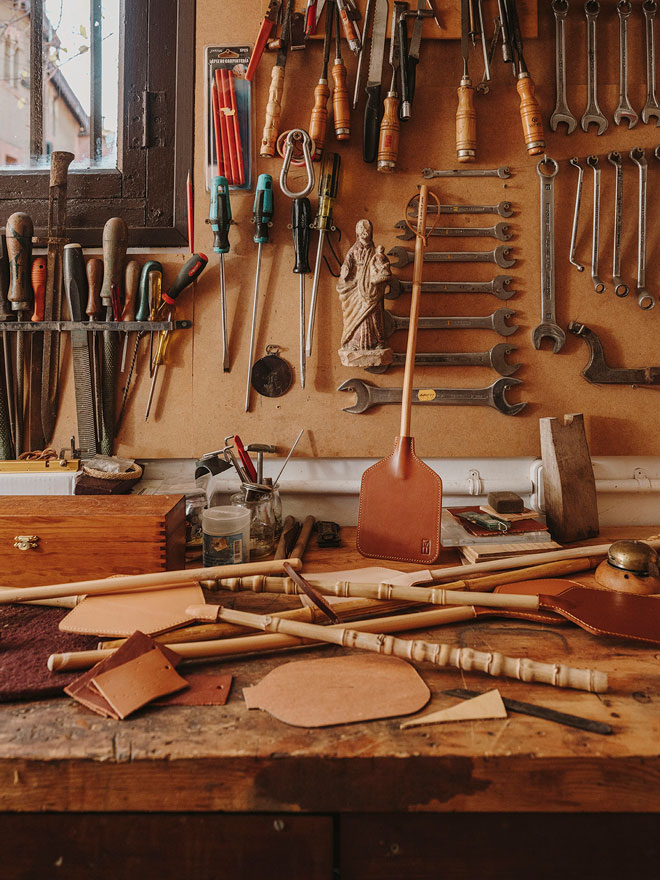
How does the non-specialized public perceive the value of design through MDF?
People are more aware that design is part of their day-to-day life, more than many thought. It happens in totally ordinary situations: when you go down to the supermarket you can see it in the choices you make based on packaging, the placement of products on furniture… or when you travel to a different country and the signage helps you connect.
From MDF we try to value those everyday practices. Design has been democratized in recent years, and now talking about it is not something exclusive to the luxury domain or unattainable. In this sense, we want to do educational work. We know the directors of movies, the writers… If we recognize those behind a movie or a novel, we want to help make visible the creators behind a chair, a coffee maker, or an album cover.
How do you think the relationship between design and business should be drawn?
Through dialogue and understanding. It needs to be hand in hand communication, taking into account the context in which a professional and commercial activity is developed. The success of a proposal will be linked to a good understanding of the context, knowing how to interpret what happens in the reality where you want to make an impact. Understanding what society demands makes a proposal successful. For this, it is necessary to invest time to observe and reflect, factors that make a difference before acting.
The companies that are really leading, those that make a difference, are those that have design prominently incorporated into their root, in their DNA.
Design is undoubtedly a very broad framework that encompasses different applications. In interior design, what changes have you detected in recent years?
There is no project that does not take into account the sustainability variable. I do not know of companies or interior designers who do not incorporate this variable. If it is not sustainable, it directly is not.
There is also a trend to work with the local, surely caused by sustainability and the search for product traceability, along with the reduction of emissions. Importance is being given to working with local producers and this is leading to the claim of craftsmanship as a fundamental element of the interior design we see now.
Multifunctionality is another significant factor, linked to the connectivity of places or people with objects. Homes have been enabled as workspaces and workspaces become as livable as possible. The old office is lost, and we are already talking about places that have to promote well-being and creativity, if possible, outdoors, in open spaces.
How do you think innovation is achieved in design?
With technology, without a doubt. New materials are now being created from microorganisms, the use of biomaterials with other sustainable products… Another way to innovate is found in the introduction of bio-design and organic elements so that the result is perishable or biodegradable.
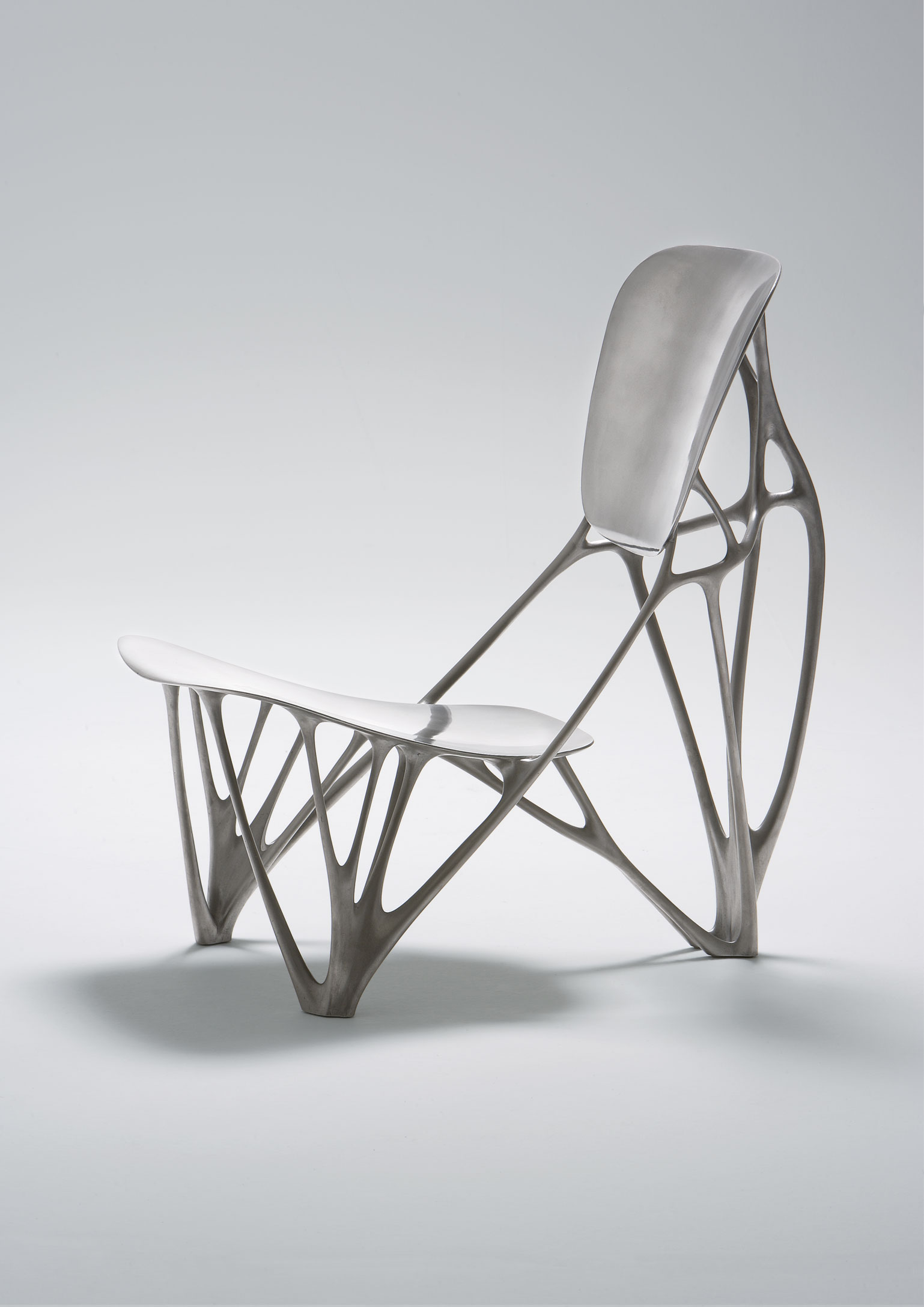
How is artificial intelligence influencing creativity?
For now, it is in the testing phase, evaluating what can be done. We start to see exercises with certain tests, but there is nothing that I consider to be the trend. We are sure that this is the future, that all professions will be crossed, and it will reach the way of living, as happened with the irruption of the mobile phone: it will end up being democratized and will be part of the day-to-day.
In your opinion, what ingredients make up good design?
It must respond to a real need, fulfill a function; be durable, have depth, a long journey; and beauty, it must stimulate the senses. Design is also an experience, a feeling.
In parallel to the direction of MDF, you work on other cultural management projects such as the consultancy ALMADÁS or the space WANDER.
ALMADÁS was born in 2019 and collaborates with organizations and companies that aim to impact society and promote change. We do this by combining Humanities and business, because knowledge and thought, culture, philosophy… are important elements to hybridize with business. In business, you encounter complexities that can be resolved with the broad perspective provided by the Humanities. They help us to know how to land values, new management models, and innovation.
At WANDER, we launch a space for exploration and talent for organization leaders, where we provide variables and keys to enhance the most valuable technology there is: human capital. As tools, we use four fundamental pillars: thought, conversation, gaze, and presence.
How do you find inspiration for your projects?
For me, inspiration is in the creators. Culture is the great courtyard where all people come together to exchange ideas, enrich knowledge, and, ultimately, be happier. Knowing the story behind a cultural product helps to understand the world you are in, know who you are, and what society is like. Curiosity is also fundamental, it allows you to delve into different worlds and without any judgment towards things, which makes you more permeable.
Until March 31, you can see exhibitions or attend events at Madrid Design Festival. Keep track of the most relevant with this selection from the Connections by Finsa team.


